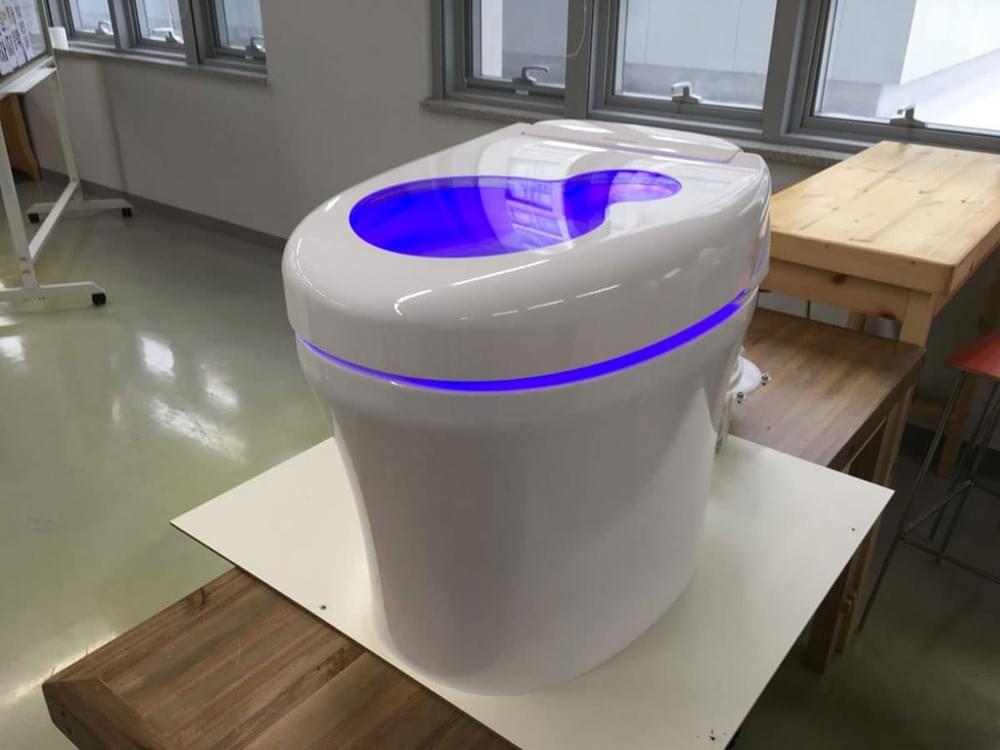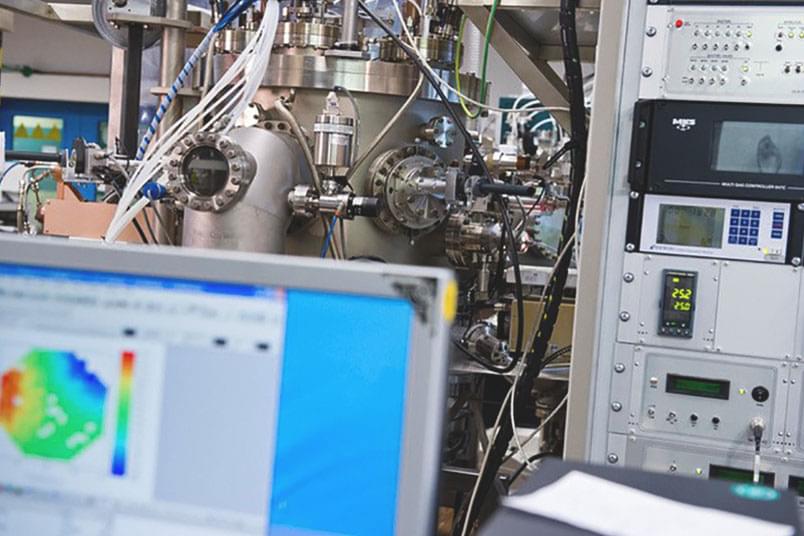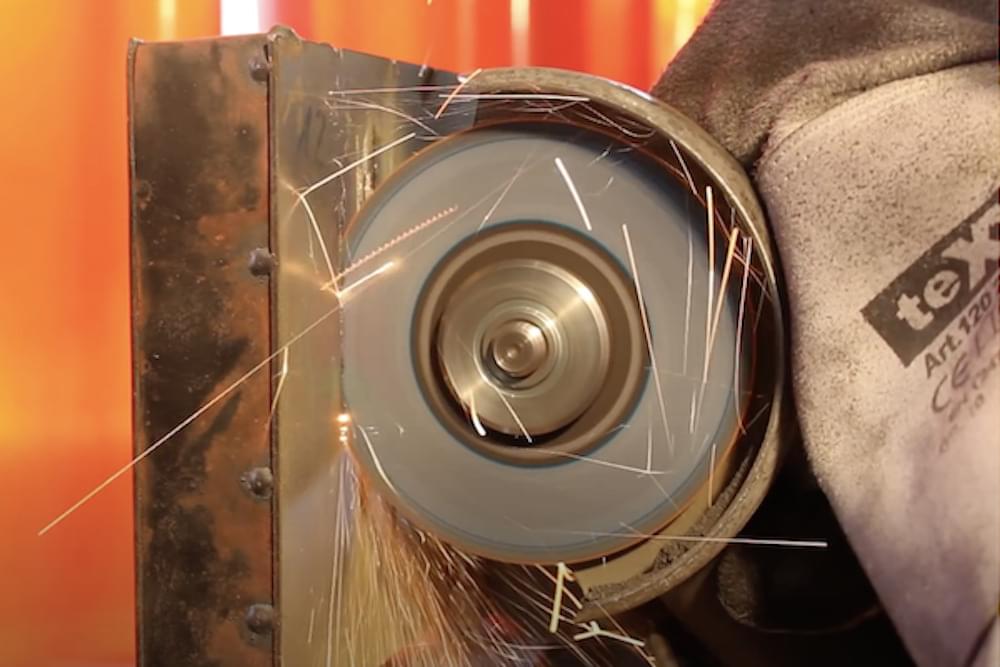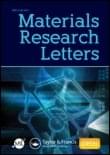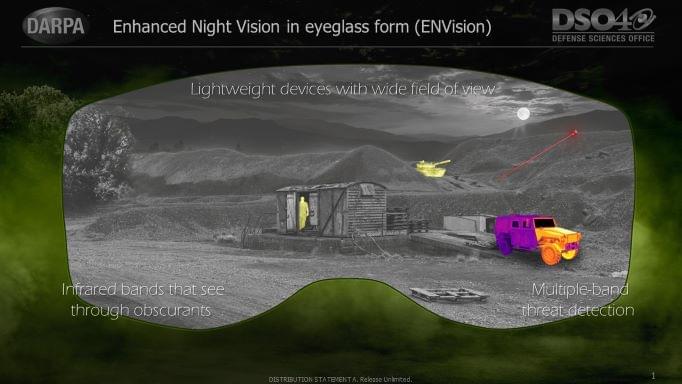Jan 17, 2022
South Korean eco-friendly toilet turns poop into green energy
Posted by Shubham Ghosh Roy in categories: biological, materials
Most toilet models flush away waste with gallons of water. Instead, the BeeVi toilet – a portmanteau of the words’ bee’ and ‘vision’ – use a vacuum pump to suck shit into an underground bioreactor, which means it uses less water. The energy-producing toilet system is much smaller than the existing flushable toilets, as it treats human excrement without using water.
The system utilizes a natural biological process to break down human waste into a dehydrated odorless compost-like material. Once these powdered feces are transferred to the Microbial Energy Production system, they can later be converted to methane, which becomes a source of energy for the building, powering a gas stove, hot-water boiler, and solid oxide fuel cell.
“If we think out of the box, faeces has precious value to make energy and manure. I have put this value into ecological circulation,” the inventor Cho Jae-weon said.
